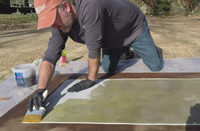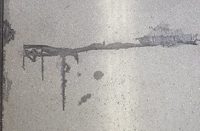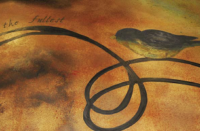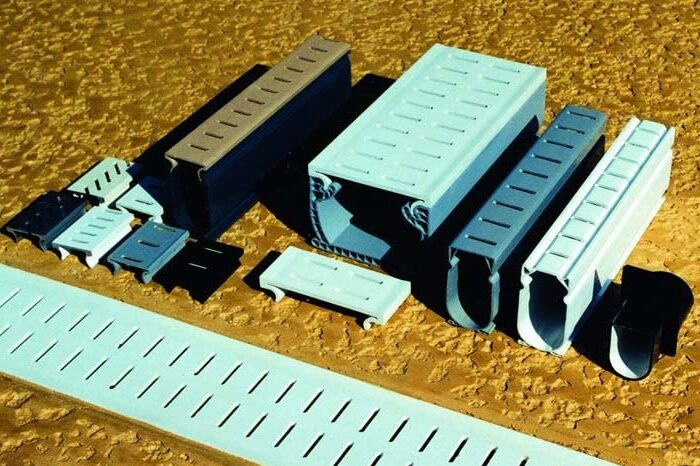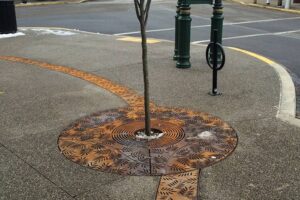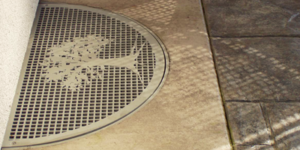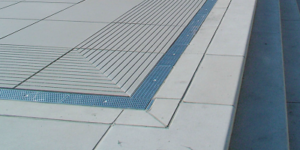Tips from Bud Stegmeier
Bud Stegmeier, co-owner of Stegmeier Corp. in Henderson, Nev., shares these tips for using channel drains and point drains in swimming pool applications:
- If you can’t easily drain water away into planter areas or the landscape, channel drains are the preferred way to take water away from a pool area. Channel drains take away the surge of water faster than point drains.
- Don’t use channel drains as expansion joints. The concrete slabs could pinch, slip or sheer them.
- If you install one-piece channel drains, leave the protective tape on the grate during installation. Remove it later.
- If you install two-piece channel drain with removable top grates, stagger the grates with the channel to help ensure good alignment.
- If you are setting long runs of channel drain, it may be advisable to use periodic down adapters to underground plumbing to speed removal of water.
- Point drains often solve drainage problems in difficult areas. For example, if you have a peninsula inset into a pool and it is not accessible for a channel drain, you may have to use a point drain. Another example is if you have a free-form or radius wall and you need to move water away from that spot; you might not be able to use a channel drain, but a point drain could work.
Tips from Dave Pettigrew
Dave Pettigrew, owner of Diamond D Concrete in Capitola, Calif., says there is nothing worse than having a “duck pond” — water puddle up — on a finished decorative concrete project. You have to be creative in mitigating water problems, he says. He shares some of his tips:
- Locate drain grates in inconspicuous spots or let them work into your design. Decorative grates can be selected that coordinate or accent the decorative concrete work.
- A cross slope between 1 percent and 2 percent drains water, but is not too steep for pedestrian traffic. It’s best to keep within the parameters of the Americans with Disabilities Act.
- If you have to run drain pipe under a slab, situate it as low as you can — you don’t want the slab right on top of it. If necessary, use a heavy-walled drain pipe. If the pipe is too flexible, the concrete slab will crack over it.
- At turns, don’t use 90-degree elbows, use sweeps. Dirt usually settles where it slows down at hard turns.
- Make sure water in the drain pipes is draining, not sitting or running backwards.
